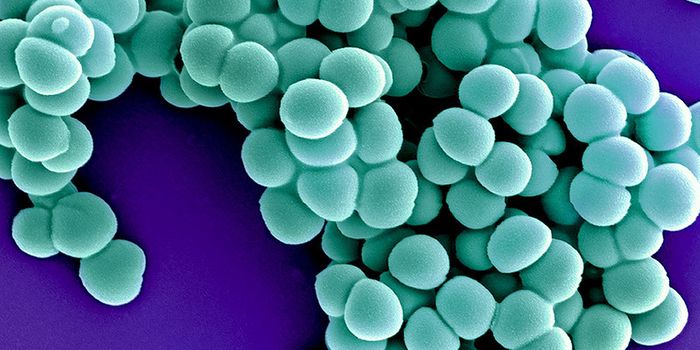Microplastics Promote Antibiotic Resistance
Microplastics are thought to pose a threat to the environment. They have been found nearly everywhere, from remote areas like the Galapagos Islands and the Himalayas, to the Great Pacific Garbage Patch. These substances have entered the food chain, and have been identified in many organisms. Some plastics have been shown to mimic molecules in the human body, specifically, hormones like estrogen. Research has also suggested that antibiotic resistant microbes can latch onto microplastics and move through the environment. Scientists have now found added to those findings.
New work in the Journal of Hazardous Materials has indicated that environmental microplastics are good places for antibiotic resistant bacteria to grow. The study also suggested that polystyrene plastic that's been discarded and breaks down into microplastics in the environment are places where free-floating resistance genes can hunker down, awaiting the arrival of a bacterial cell to call home. The chemicals that leech out of microplastics also seems to promote the transfer of genetic material that carries genes that encode for antibiotic resistance.
“We were surprised to discover that microplastic aging enhances horizontal ARG,” said civil and environmental engineer Pedro Alvarez, the George R. Brown Professor of Civil and Environmental Engineering at Rice University. “Enhanced dissemination of antibiotic resistance is an overlooked potential impact of microplastics pollution.”
Microplastics are defined as pieces of plastic that are five micrometers or less in diameter. When ultraviolet rays from sunlight hit microplastics, they age the materials and create a larger surface area that traps microbes. As the chemicals in the plastic break down, depolymerization chemicals break through the membranes of the bacterial cells, and ARGs easily penetrate them. Bacterial cells also aggregate on these plastics, and the bacterial cells can also easily share DNA with one another. The microplastic seems to facilitate the transfer of genetic material among microbes.









